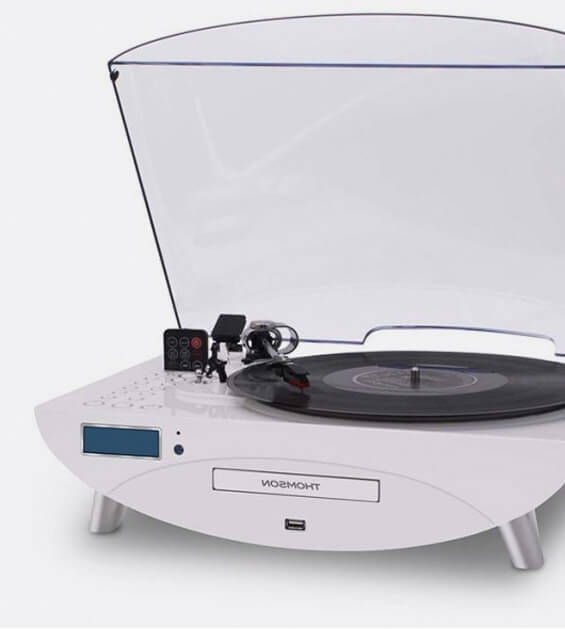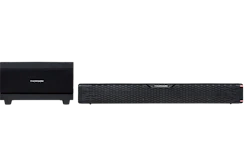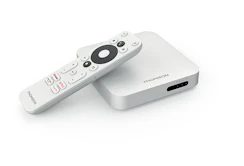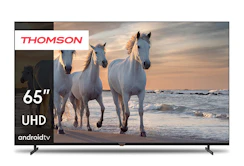Achetez des produits de confiance
THOMSON, la Technologie Amie
Riche d’un héritage de plus de 130 ans, la marque Thomson a pris part aux plus grandes révolutions technologiques et a toujours eu à cœur de rendre l’innovation utile et accessible à tous.
En savoir plus

ENREGISTREMENT PRODUIT
ENREGISTREZ VOTRE APPAREIL THOMSON
L'enregistrement de votre produit nous permet de mieux vous servir puisque la traçabilité de votre produit nous indique son historique et ses spécificités.
S'enregistrer
ASSISTANCE THOMSON
BESOIN D’AIDE SUR NOS PRODUITS ?
Si votre question concerne des problèmes d'installation, d'utilisation ou que votre produit est défectueux, nous vous recommandons d’avoir votre produit à portée de main lorsque vous nous contacterez.
Contactez-nous







 Denmark (Danish)
Denmark (Danish)  Deutschland (Deutsch)
Deutschland (Deutsch)  España (Español)
España (Español)  France (Français)
France (Français)  Italia (Italiano)
Italia (Italiano)  Nederlands (Dutch)
Nederlands (Dutch)  Polska (Polski)
Polska (Polski)  Russia (Russian)
Russia (Russian)  Sweden (Swedish)
Sweden (Swedish)  Turkey (Turkish)
Turkey (Turkish)  Ukraine (English)
Ukraine (English)  United Kingdom (English)
United Kingdom (English)  USA (English)
USA (English)  China (Chinese)
China (Chinese)  Hong Kong (English)
Hong Kong (English)  India (English)
India (English)  Indonesia (English)
Indonesia (English)  Lebanon (English)
Lebanon (English)  Saudi Arabia (English)
Saudi Arabia (English)  Thailand (English)
Thailand (English)  Vietnam (English)
Vietnam (English)  Algeria (Français)
Algeria (Français)  Egypt (English)
Egypt (English)  Australia (English)
Australia (English)